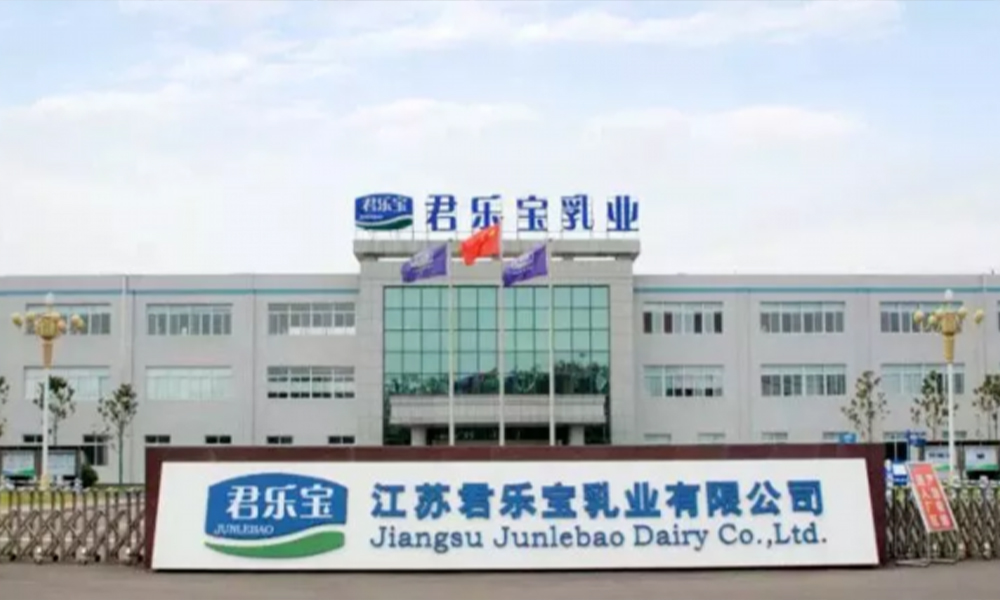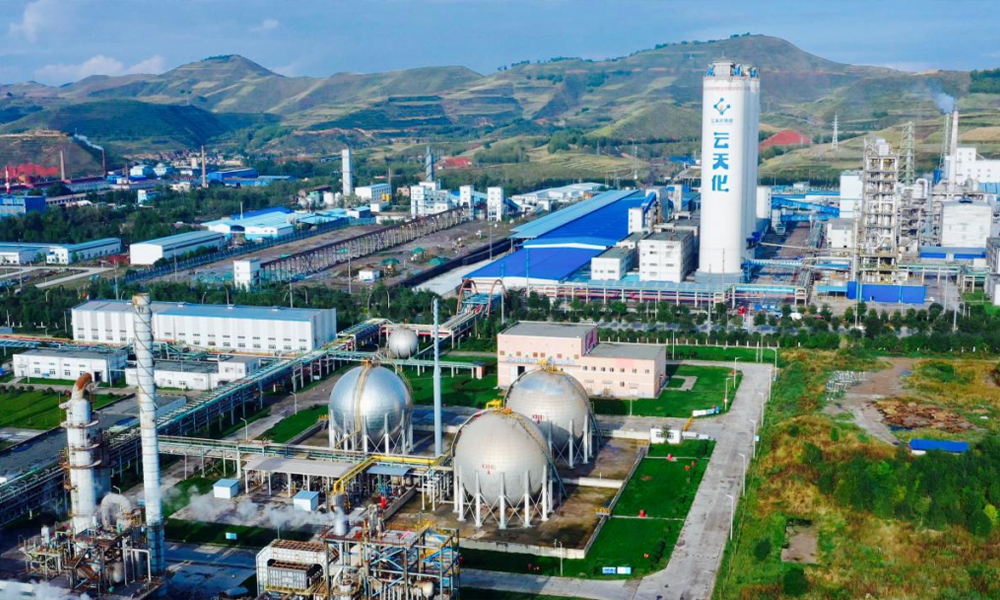In industrial production, burners serve as important devices for thermal energy conversion, and their stable operation is crucial. However, due to various influencing factors, burners occasionally experience malfunctions, affecting production efficiency. This article, written by experts from JIAKE, provides a detailed introduction to the sequence and methods for repairing burner faults, offering technical personnel a practical operating guide.
1. Clearly identify the fault symptoms
Before repairing a burner, it is important to first identify the symptoms of the malfunction. Common burner issues include, but are not limited to, failure to start, motor not running, no oil mist being sprayed, inability to ignite, and frequent shutdowns. Each type of malfunction may have multiple underlying causes, so it is necessary to determine the specific reason through careful observation and testing.
2. Power Supply Check
1. Power supply situation: Check whether the burner power is connected. Use a multimeter to measure the terminal voltage and ensure it is within the normal range (usually AC 220V or 380V).
2. Fuse and Switch: Check whether the power fuse is blown, and whether the wires and power switch have good contact, to ensure that power can be smoothly delivered to the burner control box.
3. Controller and sensor detection
1. Controller status: Check whether the controller is locked, whether the fuse is blown, and whether the controller itself is damaged.
2. Temperature Control Limit Switch: Use a multimeter to check the connections of the temperature control limit switch to ensure it can properly close at the set temperature.
3. Photocell Detection: Check whether the burner's photocell is short-circuited, and whether there is light leakage or simulated flame phenomenon in the furnace. The resistance of the photocell should show significant changes between illuminated and dark conditions; if it is damaged, it needs to be replaced.
4. Inspection of Motor and Oil Pump
1. Motor status: Test the motor separately and observe whether it can start normally when powered on. If the motor does not rotate, it may be due to a short circuit in the motor coil, a seized motor bearing, or a damaged motor capacitor.2. Oil pump status: Check whether the oil pump is seized, preventing it from working properly. You can determine its flexibility by manually turning the oil pump shaft.
5. Inspection of Nozzle and Ignition System
1. Nozzle Status: Check whether the nozzle is clogged and whether the fuel tank is low. If the nozzle is clogged, it needs to be cleaned or replaced; if the fuel tank is low, it should be refilled promptly.
2. Ignition System: Test whether the ignition transformer is functioning properly, and check if the high-voltage wire connecting the transformer to the ignition line is damaged or loose. At the same time, check if the gap of the ignition electrode is appropriate, and whether the tip of the ignition electrode is within the specified distance from the front edge of the nozzle.
6. Comprehensive Analysis and Repair
1. Troubleshooting: After confirming the status of each component, perform a comprehensive analysis based on the fault symptoms. For example, if no oil mist is sprayed after the burner starts, it could be due to an empty fuel tank, air in the fuel pipe, or a short circuit in the solenoid valve coil.
2. Remedial measures: Take appropriate remedial actions based on the inspection results, such as replacing damaged photosensitive tubes, cleaning nozzles, adjusting the gap of the ignition rod, etc.
3. Test Run Verification: After the repair is completed, power on the machine for a test run verification. Observe whether the burner can start, ignite, and operate normally. If problems persist, further troubleshooting and repair are required.
7. Preventive Measures and Daily Maintenance
1. Regular Inspections: Regularly inspect and maintain the burner, including components such as power lines, controllers, sensors, motors, and oil pumps.
2. Cleaning and Maintenance: Regularly clean the ash and oil residues inside the burner to keep the equipment clean and ensure good heat dissipation.
Conclusion
Burner repair is a complex and meticulous task that requires technicians to possess extensive experience and professional knowledge. The repair sequence and methods introduced in this article provide a practical operational guide for technicians, helping them to quickly and accurately troubleshoot and fix malfunctions. At the same time, it is hoped that this article can inspire readers to reflect on equipment maintenance, improving the stability and reliability of equipment operation. In practice, we should continue to strengthen equipment maintenance and management to ensure both production efficiency and safety.

近日,加科燃烧器圆满完成江苏君乐宝乳业有限公司2台低氮燃烧器项目的安装与调试工作,为乳业生产的高效、环保运行注入···

近日,加科燃烧器顺利完成对青海云天化国际化肥有限公司2台25吨低氮燃烧器的改造项目,标志着双方在环保与能源效率提升···